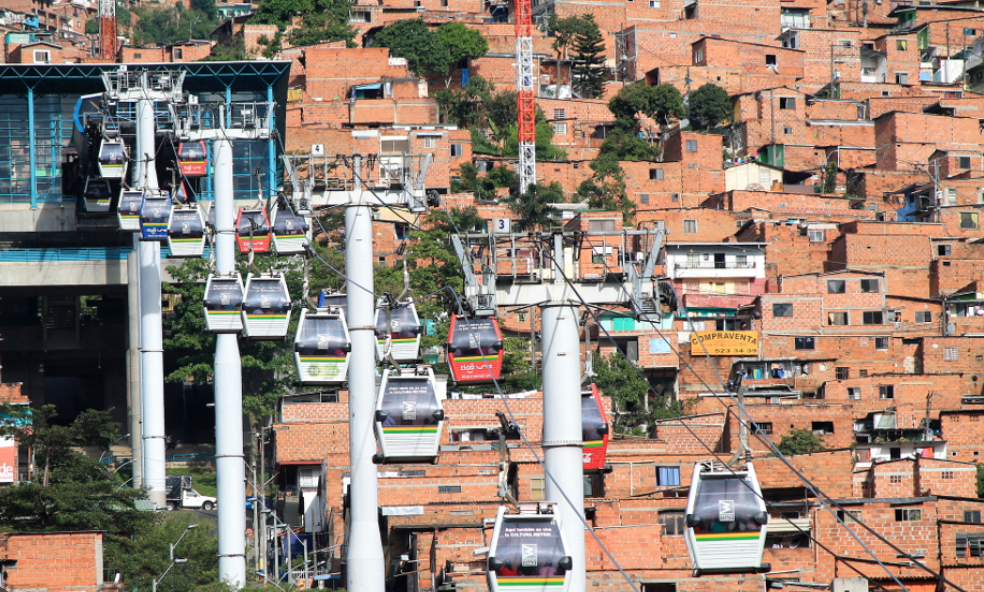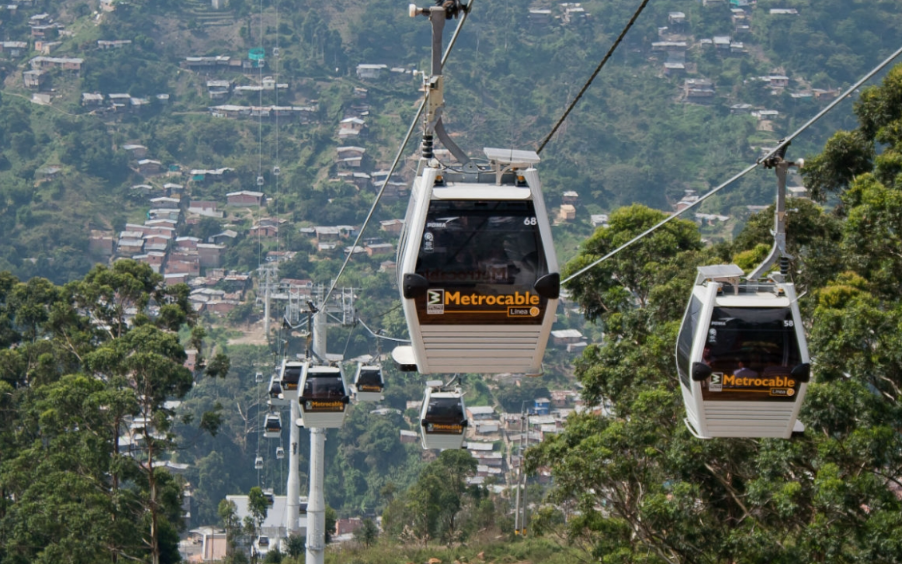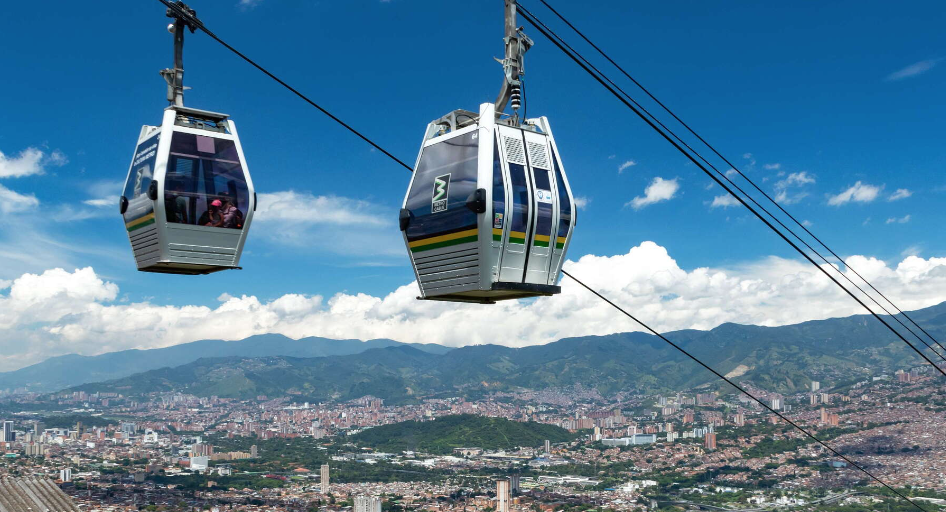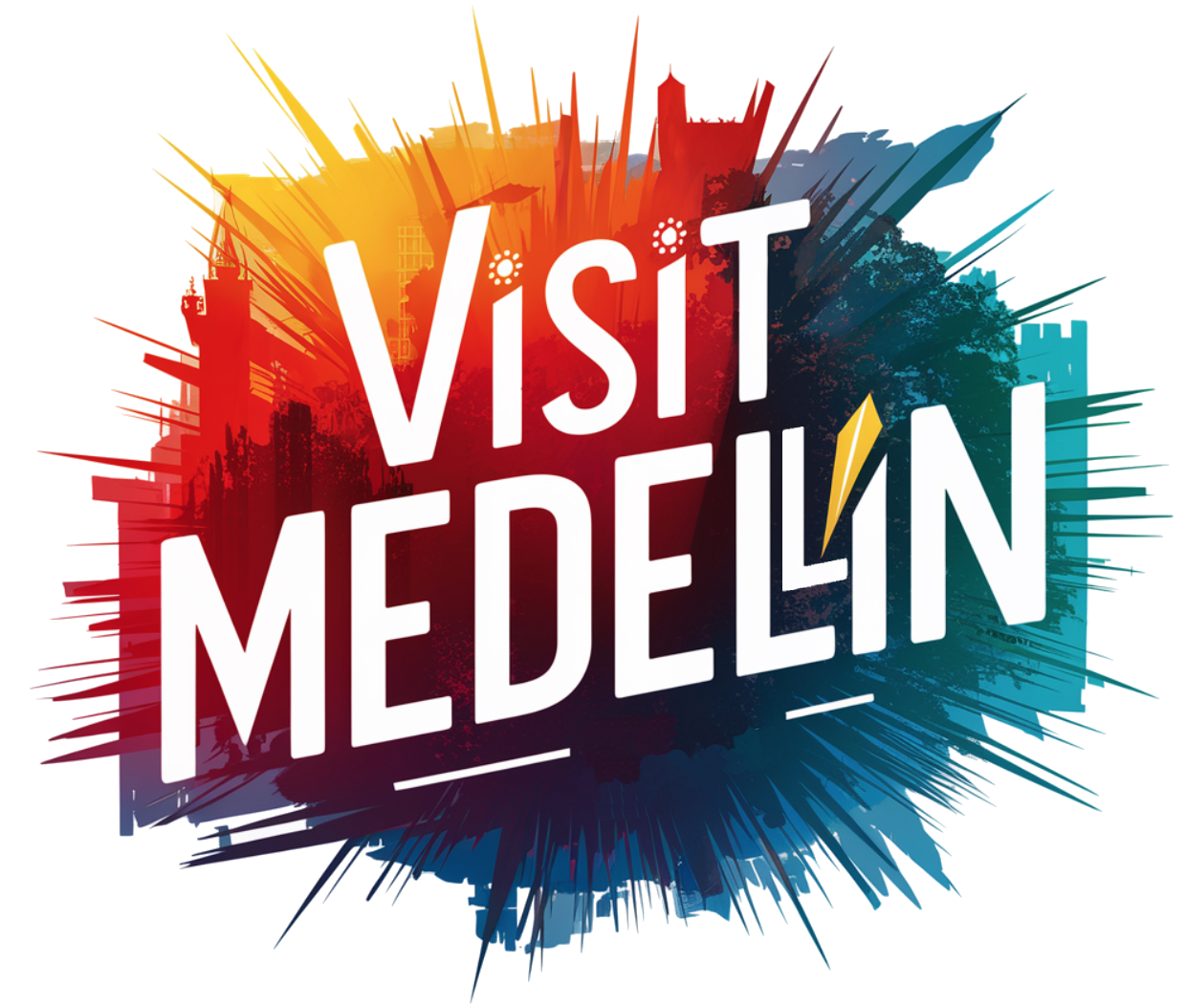Medellín Metrocable: A Comprehensive Guide
The Medellín Metrocable is a pioneering urban gondola lift system in Medellín, Colombia, designed to provide efficient and accessible public transportation to the city’s hillside communities. Here’s everything you need to know about this innovative transportation system:
1. Background and Purpose
- Inception: The Metrocable was inaugurated in 2004 as an extension of the Medellín Metro, with the goal of integrating the city’s more isolated hillside neighborhoods into the broader public transport network.
- Purpose: It was created to improve the quality of life for residents in these areas by reducing travel times, enhancing access to the city center, and promoting social and economic inclusion.
2. System Overview
- Lines: The Metrocable consists of multiple lines:
- Line K: The first line, which connects Santo Domingo to Acevedo, linking with Line A of the Metro.
- Line J: Connects La Aurora to San Javier, providing access to the western hills.
- Line L (Arví): A tourist-oriented line that extends from Santo Domingo to Parque Arví, offering a scenic route through green landscapes.
- Line H and M: These are newer lines, further expanding the network and connecting more communities.
- Stations: Each line has several stations that serve as hubs for local neighborhoods, often located on steep terrain where traditional bus routes are impractical.

3. Technology and Design
- Gondola System: The Metrocable uses gondola lifts, similar to those found in ski resorts, which are adapted for urban use. These cabins can accommodate around 8-10 passengers, with a continuous movement system that allows for efficient boarding and disembarking.
- Capacity: The system is designed to handle a large number of passengers, with cabins arriving every few seconds during peak times.
4. Impact on the Community
- Social Inclusion: The Metrocable has had a significant positive impact on the marginalized communities it serves. It has reduced travel time from hours to minutes, making it easier for residents to access jobs, education, and healthcare in the city center.
- Urban Transformation: The project has spurred urban regeneration in the areas it serves, including improvements in infrastructure, housing, and public spaces.
- Tourism: Line L, in particular, has become a tourist attraction, offering breathtaking views of the city and surrounding mountains.
5. Economic and Environmental Benefits
- Economic Growth: By improving access to different parts of the city, the Metrocable has facilitated economic growth and development in previously neglected areas.
- Environmental Sustainability: The system is environmentally friendly, reducing the need for road-based transportation, which contributes to lower emissions and congestion.

6. Challenges and Criticisms
- Maintenance and Upkeep: Like any large infrastructure project, the Metrocable requires regular maintenance to ensure safety and efficiency. There have been challenges in keeping the system fully operational at all times.
- Social Issues: While the Metrocable has brought many benefits, some residents feel that it has also led to gentrification, with rising property prices pushing out long-time residents.
7. Future Expansion
- Ongoing Projects: The success of the Metrocable has led to plans for further expansion, with new lines being considered to connect even more neighborhoods.
- Integration with Other Transport Systems: Future projects include better integration with the Medellín Metro, buses, and other forms of public transport to create a seamless urban mobility network.

Conclusion
The Medellín Metrocable is more than just a mode of transport; it’s a symbol of innovation and social equity. By connecting isolated communities with the rest of the city, it has played a crucial role in Medellín’s transformation into a more inclusive and accessible metropolis. As the system continues to expand, it will likely remain a vital part of the city’s infrastructure and a model for other cities worldwide.


